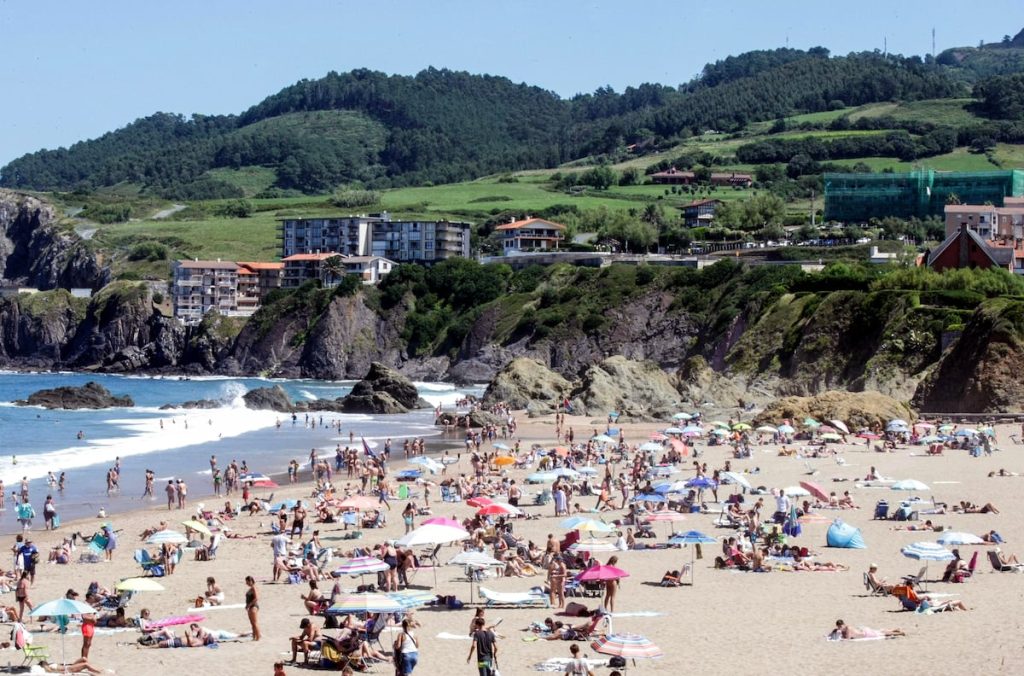Last April, the Fuentebravía beach in El Puerto de Santa María was closed for over a month due to potential health risks. The closure was a result of a sewage system breakdown that required activating the overflow in the area. Despite this incident lasting over a month, the loss of the Blue Flag status was avoided, as the application process was underway. However, the town lost all five Blue Flags by the end of July due to the lack of lifeguard services. The Blue Flag recognition has become a prestigious achievement for many coastal towns in Spain, with approximately 638 beaches and marinas being awarded the status this summer.
The Blue Flag originated in 1987 as an initiative to promote water quality in bathing areas, and has since grown in popularity in Spain. The Foundation for Environmental Education (FEE), the supranational entity behind the Blue Flag awards, once received funding from the European Union until it expanded globally to 54 participating countries. Despite this, there is division among environmentalists, university professors, and local officials regarding the credibility and environmental impact of the Blue Flag. The criteria for obtaining the Blue Flag status include compliance with coastal laws, European water quality directives, and various environmental measures, but critics argue that the focus is primarily on services and safety for beachgoers rather than environmental quality.
The process of applying for the Blue Flag status is voluntary for municipalities, with the application process beginning in November each year. Local governments must meet specific criteria and provide documentation to demonstrate compliance with environmental standards, which are then evaluated by the ADEAC team. However, ecologists criticize the emphasis on water quality analysis over monitoring pollution levels and environmental hazards, leading to situations where beaches are awarded both Blue and Black Flags for conflicting reasons. Despite this, the Blue Flag remains a sought-after certification for coastal towns, attracting tourists and boosting local economies.
The ADEAC funds the Blue Flag awards through subsidies from regional governments and direct payments from candidate municipalities. These funds cover the expenses related to the application process, evaluation, and certification, with a significant portion of the organization’s income also coming from other environmental initiatives and services. While some may question the value of the Blue Flag status, arguing that it prioritizes tourism and aesthetics over environmental protection, proponents like José María Román, mayor of Chiclana de la Frontera, believe that the recognition helps maintain high standards and attracts visitors to the area.
Despite the benefits of the Blue Flag status, some municipalities, like Las Palmas de Gran Canaria, have opted not to reapply for the certification due to concerns over the application process and criteria. This decision reflects a growing trend among local officials who question the effectiveness and relevance of the Blue Flag. While some may view the Blue Flag as a symbol of excellence and economic growth, others see it as a superficial recognition that fails to address the complex environmental challenges faced by coastal communities. As the debate over the Blue Flag continues, it raises important questions about the balance between tourism promotion, environmental sustainability, and community well-being.


